For Product Registration and general enquires please contact us
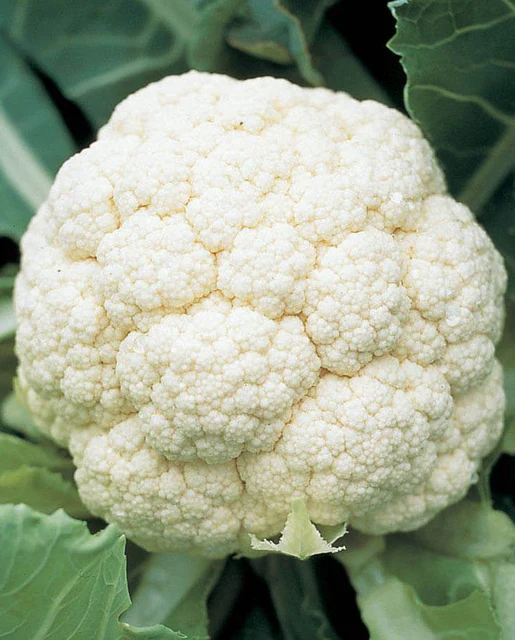
Goodman Coated Organic
$10.99 – $179.99
Goodman Organic cauliflower seeds produce plants that have a tight harvest window, but they’re productive earlier in the season than most others.
Shipping & Returns
West Coast Seeds ships anywhere in North America. However, we are not able to ship garlic, potatoes, asparagus crowns, bulbs, onion sets, Mason bee cocoons, or nematodes outside of Canada. We regret, we cannot accept returns or damages for orders outside of Canada. The minimum shipping charge to the US is $9.99.
Description
More details about Goodman Coated Organic
CERTIFIED ORGANIC! Even earlier than Amazing, with very nice 25cm (10″), pure white, well-protected heads on tall, wispy plants. Goodman Organic cauliflower seeds produce plants that have a tight harvest window, but they’re productive earlier in the season than most others. Curds are deep with tender florets and superior flavour. Goodman makes a decent open pollinated, organic substitute for Amazing. It’s a sensible early season choice for home gardeners or market growers. Plants grow to around 45cm (18″) tall. Transplant into rich, fertile soil and apply a balanced organic fertilizer at transplant time. These seeds are coated with an inert, organically certified layer which helps to minimize clumping in storage and seed sowing machines. The coating is approved by organic certifiers in Canada, the US, EU, and Japan. Matures in 80-90 days. (Open-pollinated seeds)-
- Superior flavour
- Pure white, well-protected heads
- Deep curds and tender florets
- Productive in early season
- Matures in 80-90 days
All About Goodman Coated Organic
Latin
Brassica oleracea var. botrytis
Family: Brassicaceae
Difficulty
Moderately difficult
Season & Zone
Season: Cool season
Exposure: Full-sun
Zone: Overwintering types are only hardy down to -12 to -19°C (16 to -5°F).
Timing
Start indoors four weeks before the last frost to late spring. Transplant in 5-6 weeks. Direct seed when temperatures are reliably above 10°C (50°F). Overwintering types are started in July where winters are mild, and transplanted by August 15th. Optimal soil temperature: 10-30°C (50-85°F). Seeds should germinate in 7-10 days.
Starting
Sow 3-4 seeds 5mm (¼”) deep in each spot you want a plant to grow. Thin to the strongest plant. Space transplants 45-60cm (18-24″) apart in rows 60-90cm (24-36″) apart.
Days to Maturity
From transplant date.
Growing
Ideal pH: 6.0-6.8. Humus-rich soil amended with composted manure is best. Mix ½ cup of complete organic fertilizer into the soil beneath each transplant. From seedling to harvest, cauliflower must grow steadily to make a large plant and curd. If growth slows, scratch additional fertilizer into the surface of the soil around each plant. Maintain even soil moisture with regular watering. Shade the developing curds from sun by tying up leaves or using newspaper. This is known as “blanching,” and will keep them white. Add 20-25 days to the maturity dates if direct sowing.
Harvest
Once curd forms, check every day and cut when the florets are just beginning to separate. At this point the flavour is at peak quality and the size is maximum.
Seed Info
In optimal conditions, at least 80% of seeds should germinate. Usual seed life: 3 years. Per 100′ row: 200 seeds, per acre: 44M seeds.
Diseases & Pests
Slugs and snails – Slugs are attracted to beer, so place a little beer in a cup dug into the ground. Sprinkle broken eggshells around plants to deter slugs and snails.
Flea beetles – Use row covers to help protect plants from early damage. Put in place at planting and remove before temperatures get too hot in midsummer. Control weeds.
Cabbage root maggot – White maggots (larvae) attack all plants of the cabbage family. Larvae tunnel in and feed on roots of plants. Damage causes wilting early on, death of plants a little later on.
Cabbage aphids – A hard stream of water can be used to remove aphids from plants. Wash off with water occasionally as needed early in the day. Check for evidence of natural enemies such as gray-brown or bloated parasitized aphids and the presence of alligator-like larvae of lady beetles and lacewings.
Cabbageworms – Hand-pick and destroy. Row covers may be useful on small plantings to help protect plants from early damage. Put in place at planting and remove before temperatures get too hot in midsummer.
To help reduce disease, do not plant cauliflower or other Brassicas in the same location more than once every three or four years.
Companion Planting
All Brassicas benefit from chamomile, dill, mint, rosemary, and sage. Avoid planting near eggplants, peppers, potatoes, or tomatoes.






How to Grow Cauliflower

Step 1: Timing
Start indoors four weeks before the last frost to late spring. Transplant in 5-6 weeks. Direct seed when temperatures are reliably above 10°C (50°F). Overwintering types are started in July where winters are mild, and transplanted by mid-August. Optimal soil temperature: 10-30°C (50-85°F). Seeds should germinate in 7-10 days.
Step 2: Starting
Sow 3-4 seeds 5mm (¼”) deep in each spot you want a plant to grow. Thin to the strongest plant. Space transplants 45-60cm (18-24″) apart in rows 60-90cm (24-36″) apart.
Step 3: Growing
Ideal pH: 6.0-6.8. Humus-rich soil amended with composted manure is best. Mix ½ cup of complete organic fertilizer into the soil beneath each transplant. From seedling to harvest, cauliflower must grow steadily to make a large plant and curd. If growth slows, scratch additional fertilizer into the surface of the soil around each plant. Maintain even soil moisture with regular watering. Shade the developing curds from sun by tying up leaves or using newspaper. This is known as “blanching,” and will keep them white. Add 20-25 days to the maturity dates if direct sowing.
Step 4: Germination
Days to maturity: From transplant date. In optimal conditions, at least 80% of seeds should germinate. Usual seed life: 3 years. Per 100′ row: 200 seeds, per acre: 44M seeds.
Step 5: Harvest
Once curd forms, check every day and cut when the florets are just beginning to separate. At this point the flavour is at peak quality and the size is maximum.
Tips!
Diseases & Pests: Slugs and snails – Sprinkle broken eggshells around plants to deter. Cabbage aphids – A hard stream of water can be used to remove aphids from plants early in the day. Cabbage root maggot – White maggot larvae feed on roots of plants. Damage causes wilting early on, and the death of plants later on. Flea Beetles – Use row covers to help protect plants from early damage. Put in place at planting and remove before temperatures get too hot in midsummer. Control weeds. Cabbageworms – Hand-pick and destroy. Row covers may be useful on small plantings to help protect plants from early damage. Companion Planting: All Brassicas benefit from chamomile, dill, mint, rosemary, and sage. Avoid planting near eggplants, peppers, potatoes, or tomatoes.Additional information
| Matures | in 80-90 days |
|---|---|
| Season | Cool season |
| Exposure | Full-sun |
| Quantity | 0.1g, 1g, 5g |
You must be logged in to post a review.




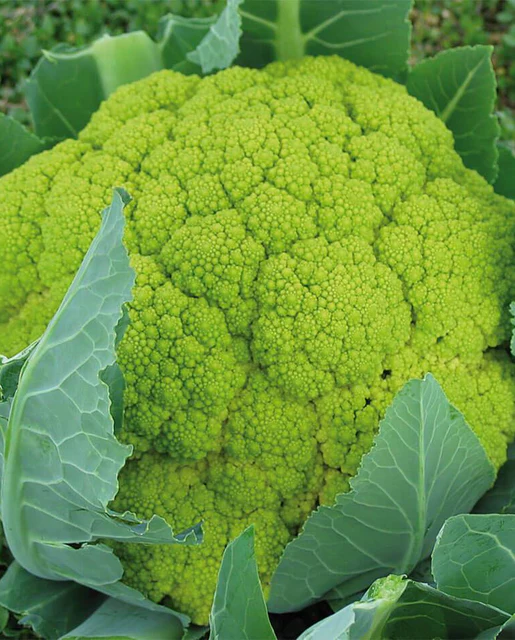
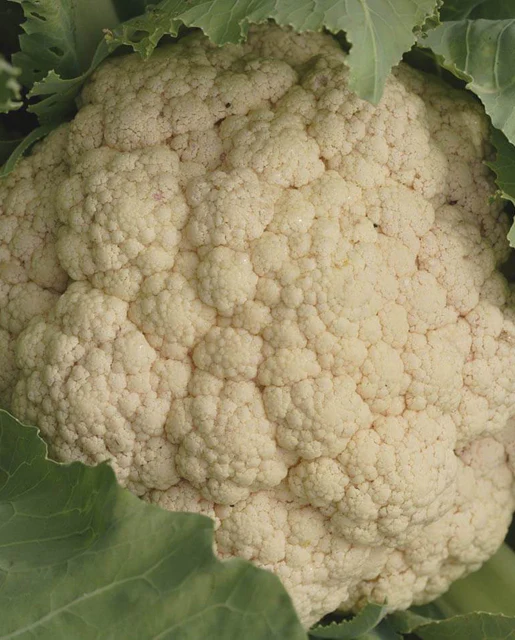
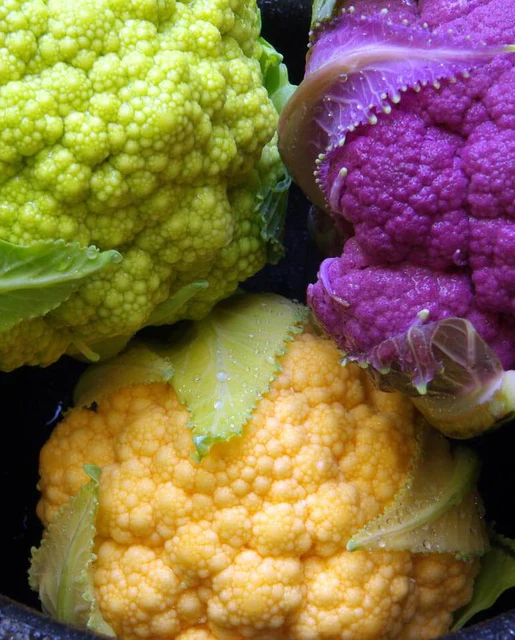
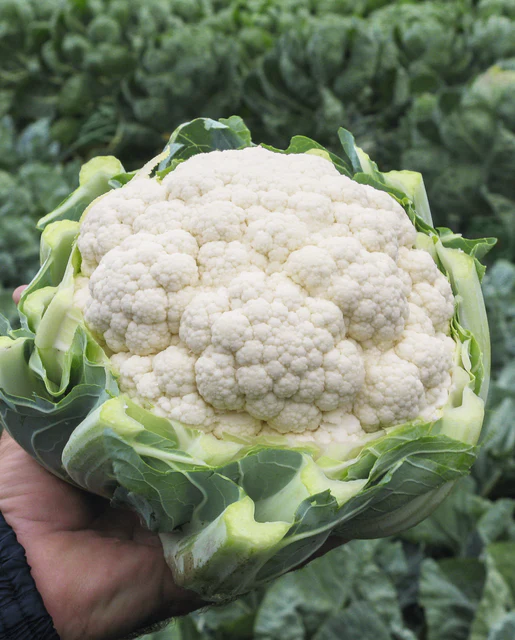




Reviews
There are no reviews yet.